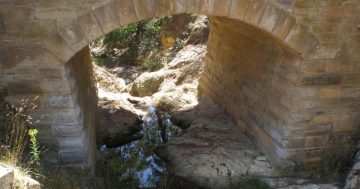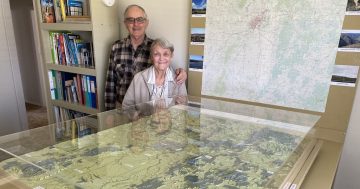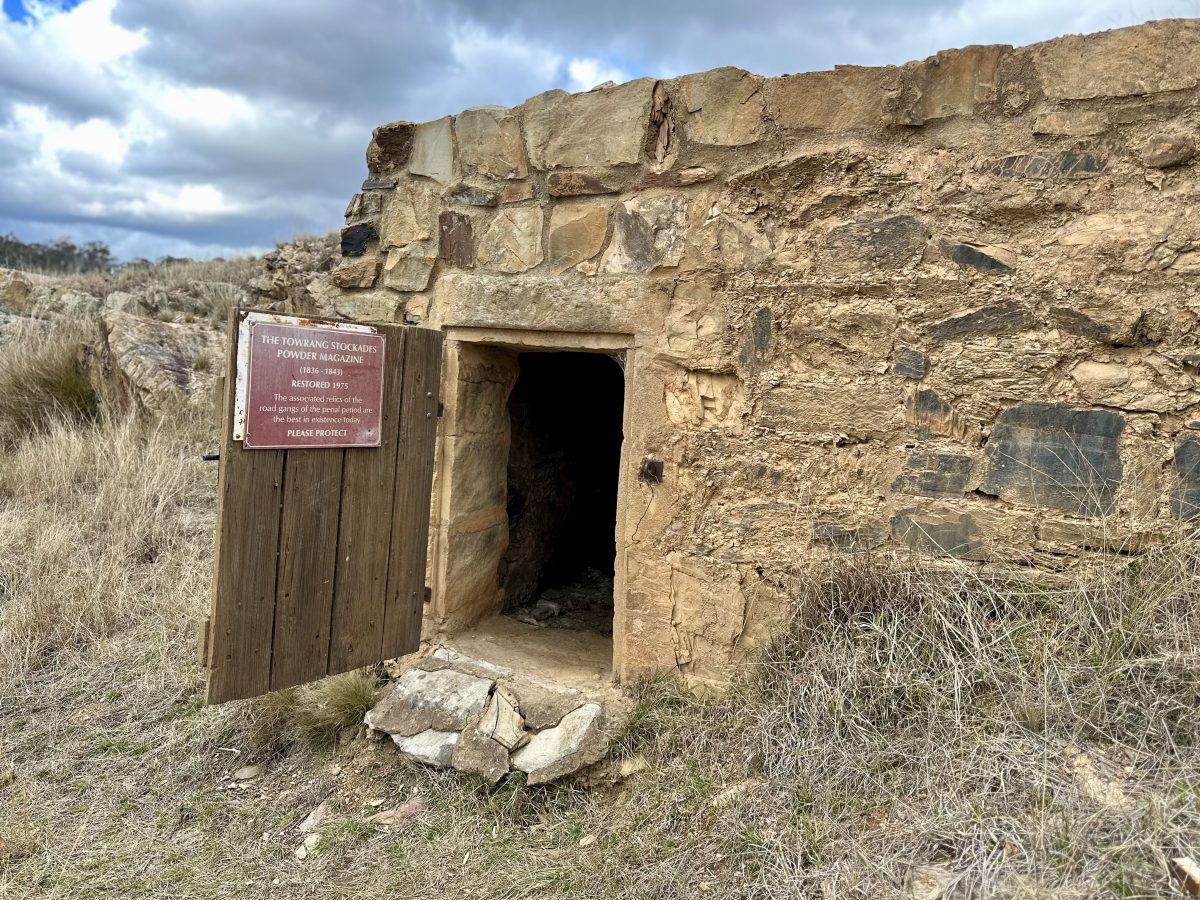
The Towrang Stockade. Photo: James Coleman.
Carving out the first road between Sydney and Melbourne took years of hard slogging – fortunately, NSW had just the workforce to do it.
Just north of Goulburn on the Hume Highway is what remains of the Towrang Stockade, the ‘chief penal camp’ for the state in the mid-1800s.
Up to 250 convict men were housed here, charged with constructing the section of the ‘Great South Road’ between Sydney and Goulburn – the rough and ready predecessor to today’s dual-carriageway highway.
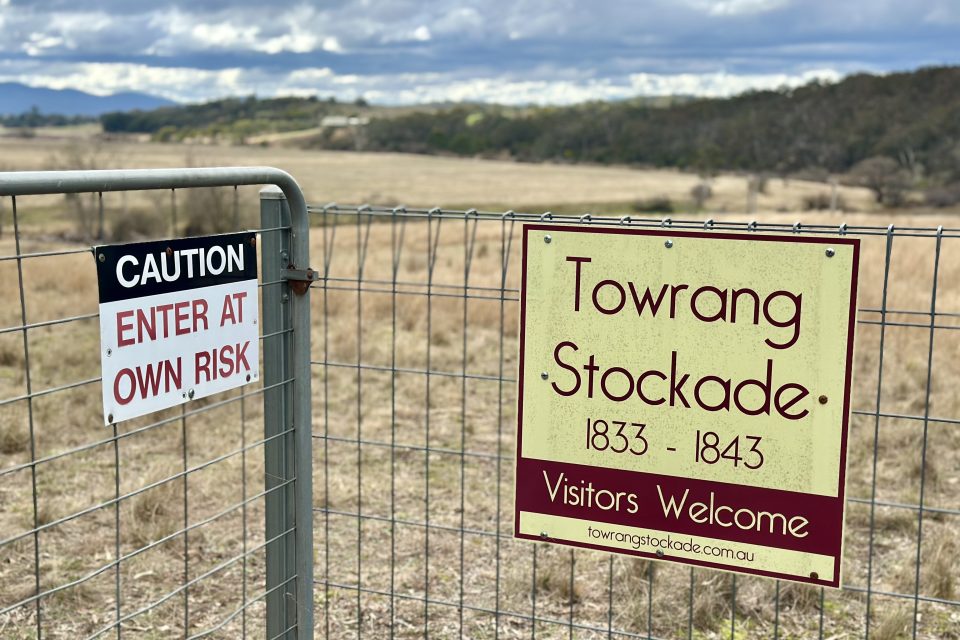
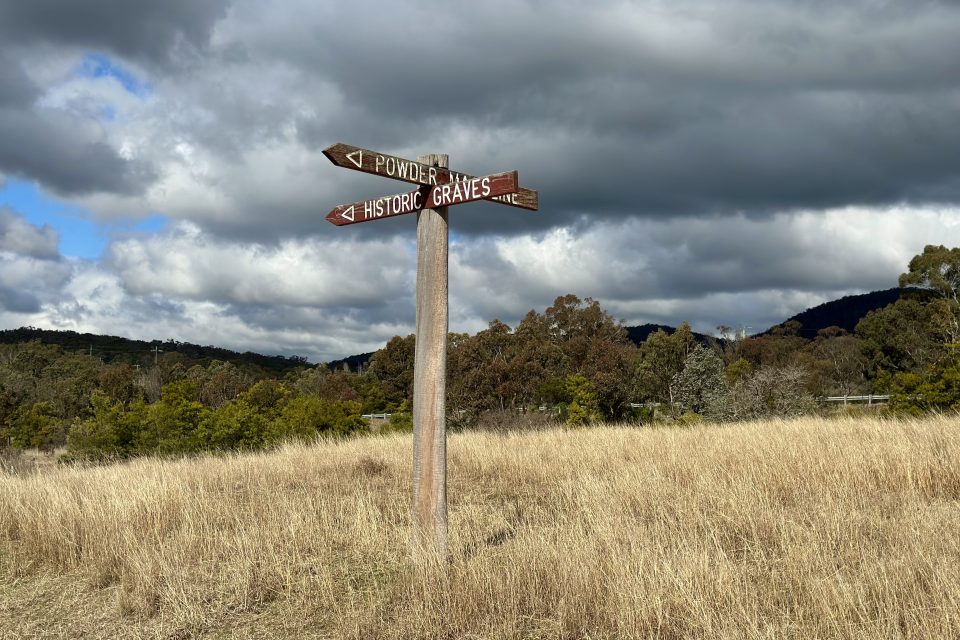
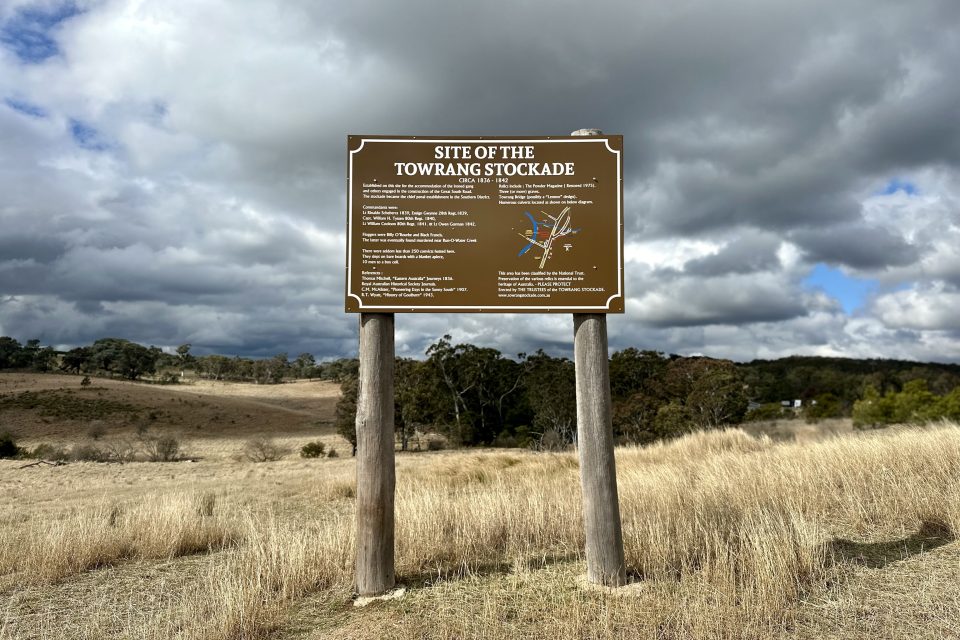
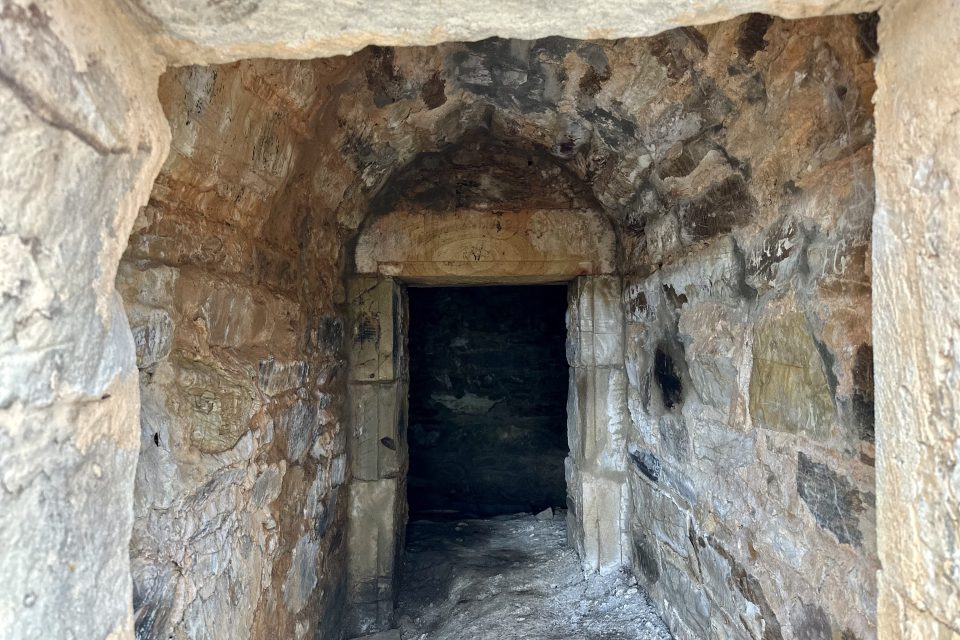
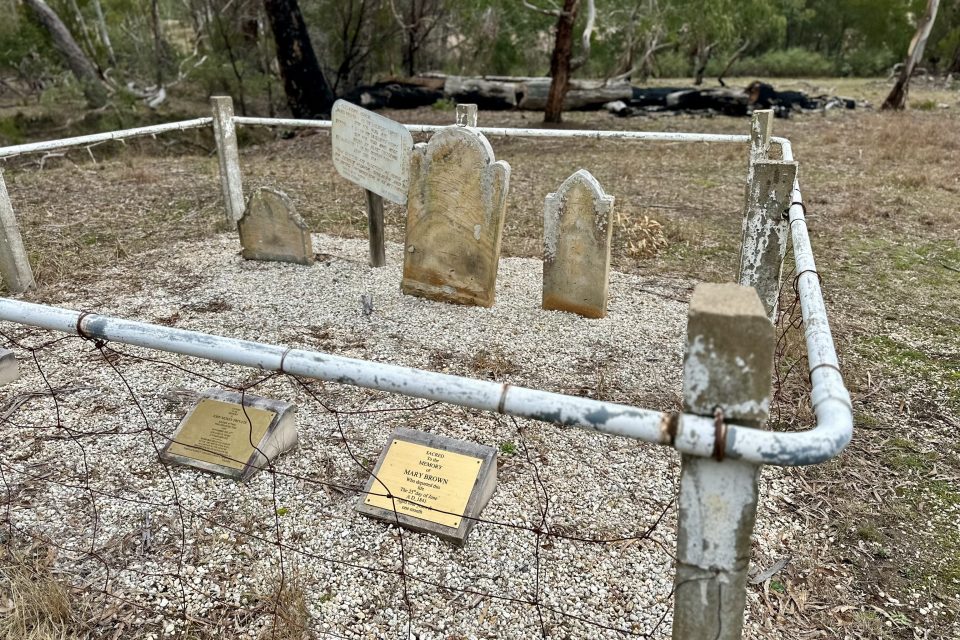
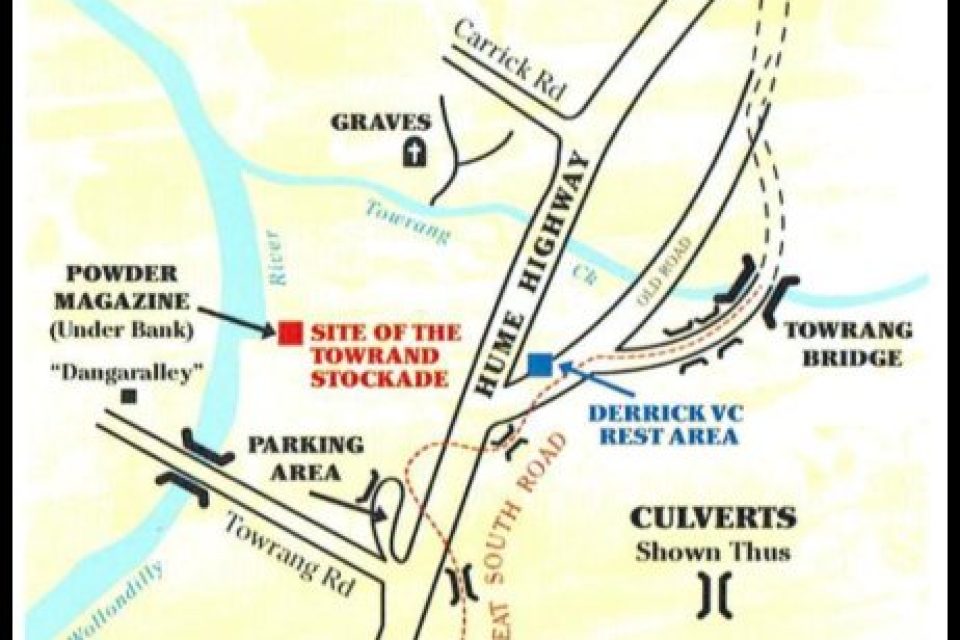
The prisoners were divided into two gangs; those on shorter seven-year sentences were assigned lighter tasks, while those on longer 14-year or life sentences were kept in irons and assigned hard labour.
Either way, they were kept under constant guard by soldiers, who also lived at the stockade in vastly better conditions than the convicts, who slept 10 men to a 12-square-metre cell, on bare boards, and with one blanket each.
All of these buildings are long gone now, replaced with long grass and in some cases, piles of stone rubble.
But there’s still plenty to explore – like the underground bunker where the explosives were kept, and three surviving graves of the people who lived and worked here (including a four-year-old girl).
You can read all about the Great South Road, and what’s left of it, in our previous story.
But here’s what we found when we visited what’s left of the camp:












